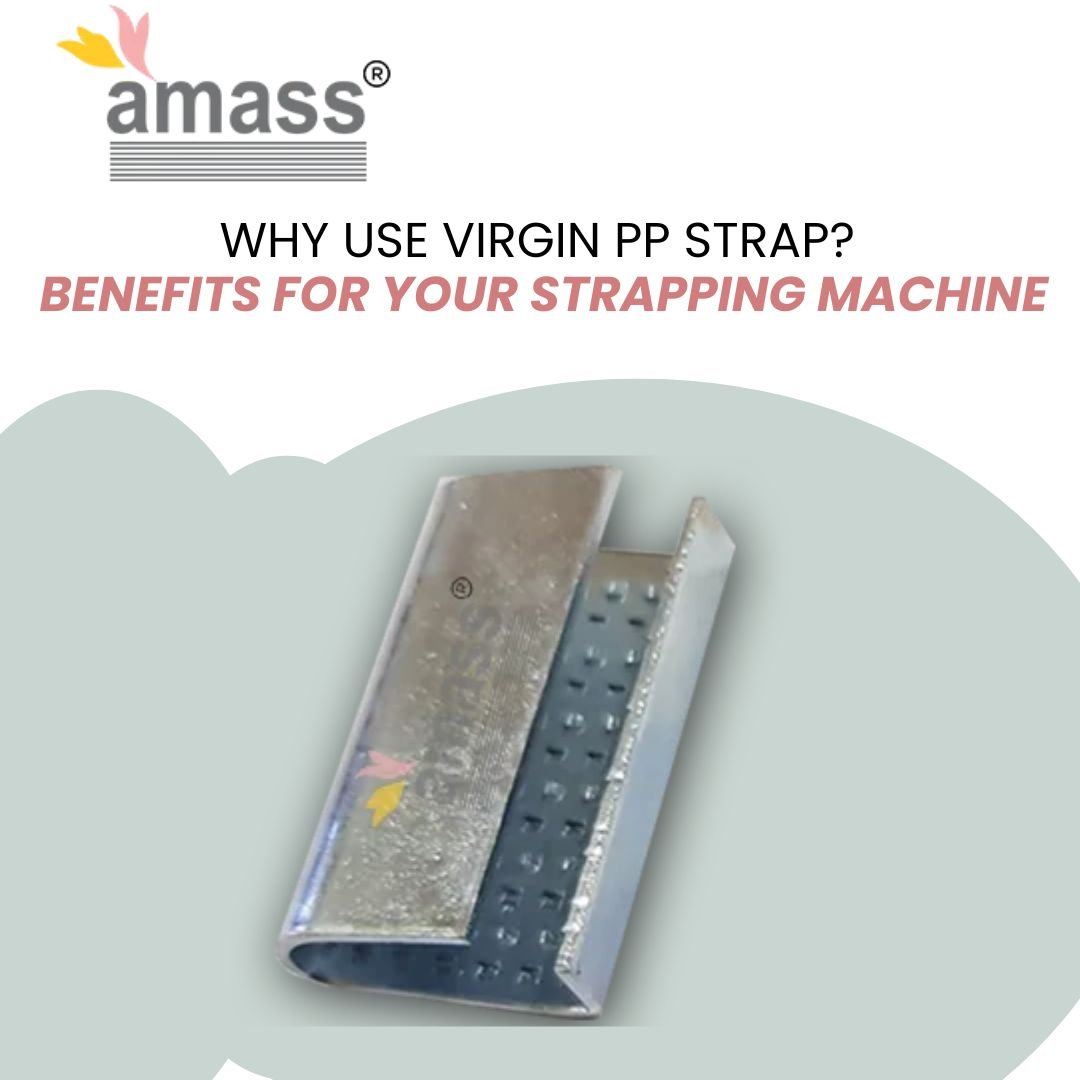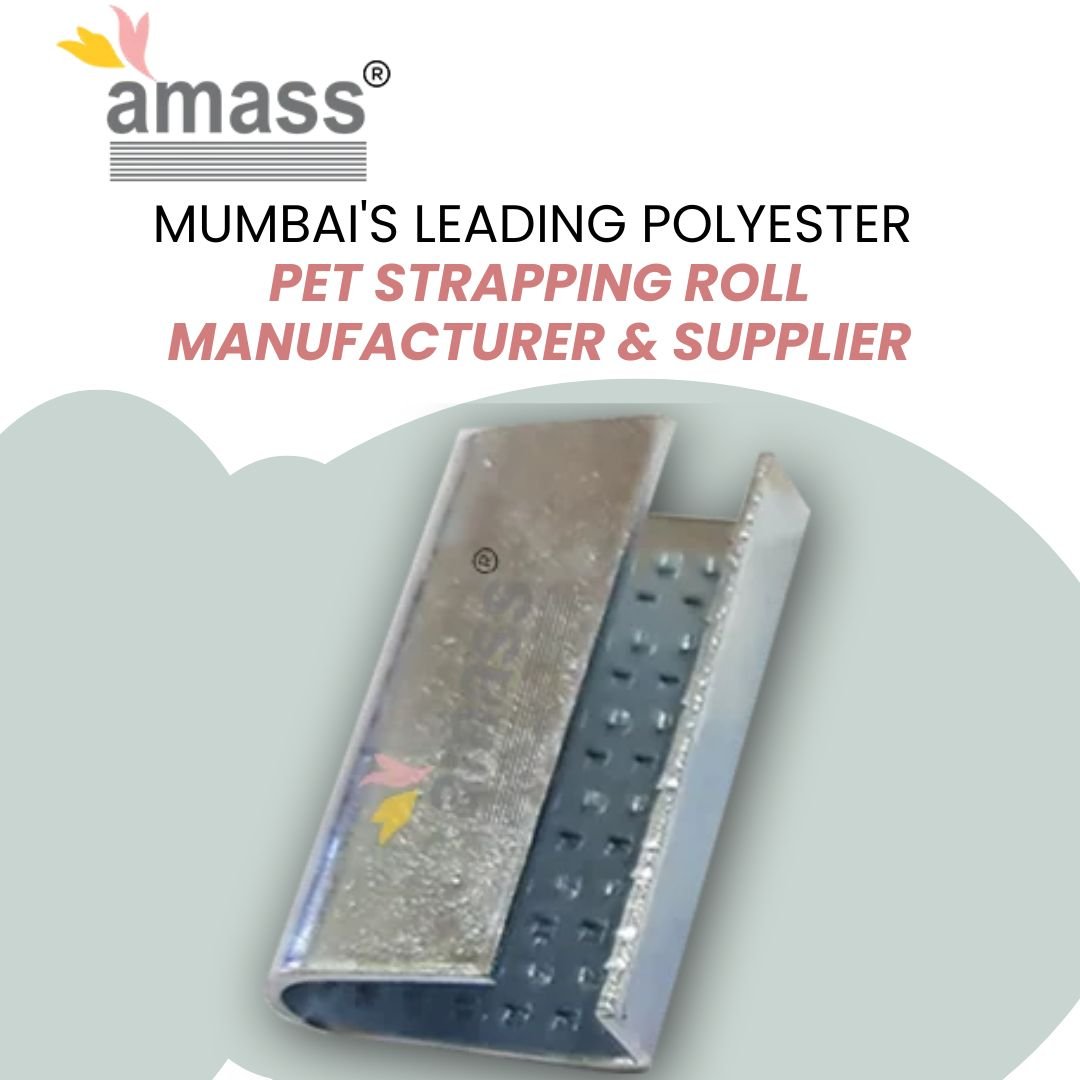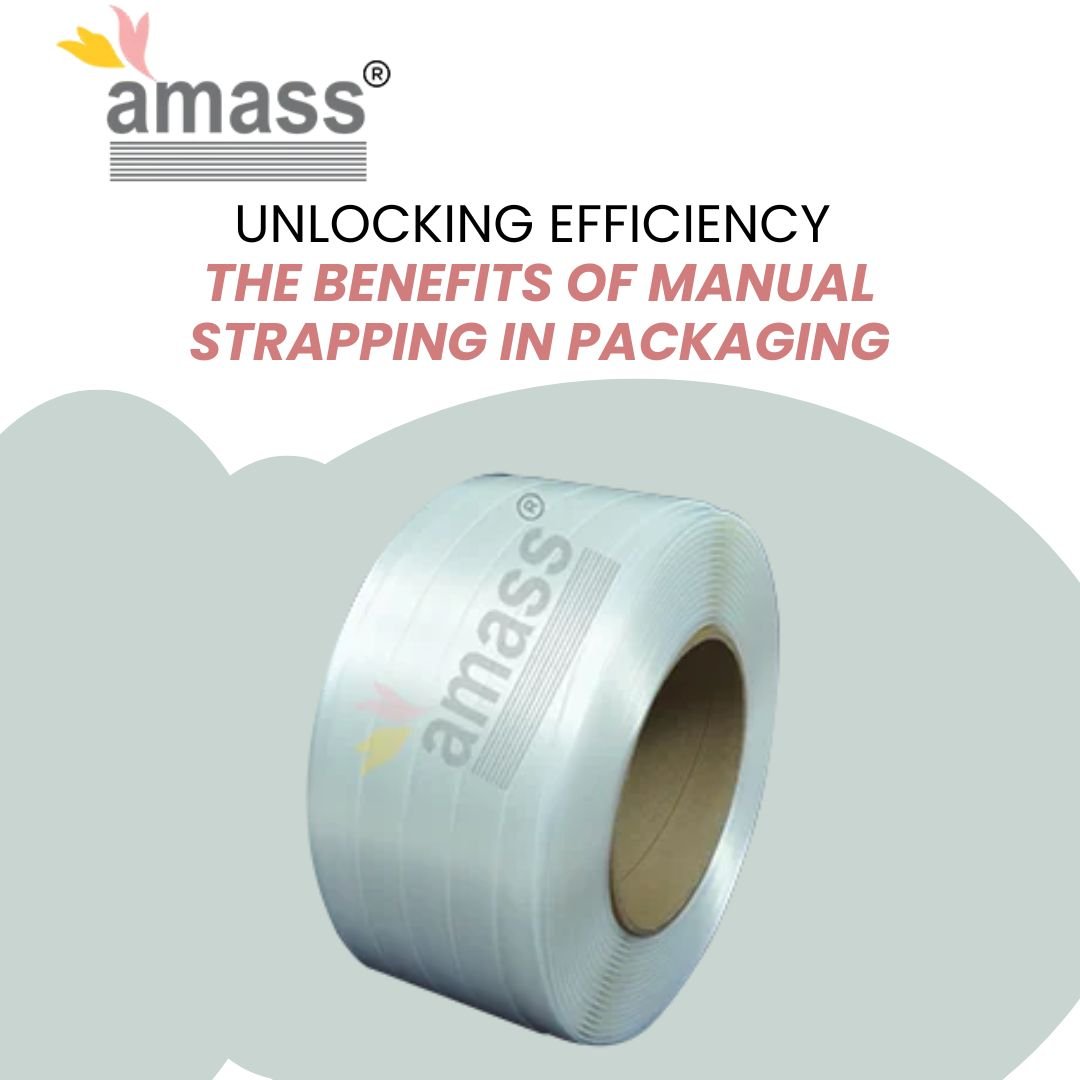Top 5 Trends in Pet‑Strap Seal Design

Types of Metal Strapping Available in India: Complete Overview
June 21, 2025
Top Composite Cord Strap Supplier India
June 26, 2025Imagine a world where every package, every pallet, and every shipment is not just secured, but locked down with a seal that’s both unbreakable and eco-friendly. That’s the promise—and the reality—of the latest PET-strap seal innovations. PET (polyethylene terephthalate) strapping is rapidly becoming the gold standard for industries that demand strength, sustainability, and seamless integration with automation. “In today’s competitive manufacturing landscape, efficiency and sustainability are no longer optional – they’re imperative. One innovation that’s making waves in the industry is PET (Polyethylene Terephthalate) strapping, a game-changing solution that’s replacing traditional steel and polypropylene straps in many applications,” observes a leading packaging expert.
The shift toward PET isn’t just about keeping up with trends; it’s about redefining what’s possible in packaging and logistics. With tensile strengths that rival steel at a fraction of the weight, PET straps are transforming how we secure and ship goods—especially as global supply chains become more complex and environmentally conscious. The real magic, though, lies in the seal: the point where two ends meet and create a bond that must withstand everything from rough handling to extreme weather. As starter entrepreneurs, understanding the latest trends in PET-strap seal design isn’t just smart—it’s a competitive necessity.
Trend 1: Advanced Ultrasonic and RF Welding Technologies for Stronger, More Reliable Seals
The old days of heat sealing are fading fast. Today, the most forward-thinking companies are leveraging ultrasonic and RF (radio frequency) welding to create seals that are not just strong, but virtually indestructible. “SoniXs’ optimized design also caters to greater flexibility, maximum durability, and minimal maintenance, as it creates no residues during sealing,” notes a recent industry report. This is a far cry from traditional heat sealing, which often leaves behind messy residues and requires frequent maintenance.
Ultrasonic welding, in particular, is a game-changer for PET. “When the material is PET or nonwoven, heating technology doesn’t give enough strength sealing. The fastest and the most economical way is ultrasonic welding technology in thermoform machines industry. Ultrasonic sealing for pet or pp films needs only around 1 second. Thermoplastic parts can be welded by ultrasonic technology. Supporting by Industry 4.0 theory, ultrasonic welder designed by Sonikel, lets mass production and automation. There will be no need to use any chemicals for sealing plastic parts to each other,” explains a leading equipment manufacturer. This means faster throughput, lower costs, and seals that are consistently strong and reliable.
RF welding is another breakthrough. “Radio Frequency welding/sealing, often referred to as RF welding in short, is a very organized technology that has been widely used for over 60 years. Commonly used materials for RF sealing are polyurethane and PVC. However, other polymers like EVA, PET, Nylon, and a few ABS plastics can also be welded using this process,” states a technical engineering resource. The ability to seal PET with RF opens up new possibilities for automation and mass production, especially in industries where speed and reliability are paramount.
Trend 2: Eco-Conscious Design—Recyclable and Sustainable Seal Solutions
Sustainability isn’t just a buzzword—it’s a business imperative. PET strapping is inherently recyclable, making it a favorite for companies looking to reduce their environmental footprint. “PET is a thermoplastic polymer that can be easily recycled, making it an environmentally friendly alternative to traditional strapping materials like steel or nylon. They are sustainable alternatives to traditional plastic straps. It is made from recycled polyethene terephthalate (PET), which is a strong and durable material that is also 100% recyclable,” explains a major strapping solutions provider.
The latest innovations go even further, with seals designed for easy disassembly and recycling. “When using recyclable PET straps, it’s essential to have proper recycling infrastructure in place to collect and recycle the used strapping as we have. This ensures that the environmental benefits of PET straps are fully realized and can be transformed into new products in a closed-loop system,” adds the same provider. This closed-loop approach is becoming a key differentiator for brands that want to appeal to eco-conscious consumers and meet stringent regulatory requirements.
Trend 3: Enhanced Material Compatibility and Performance for Diverse Applications
Not all PET is created equal. The latest generation of PET-strap seal designs is engineered for compatibility with a wider range of materials and applications. “Clamshells Now Successfully Seal Using RF Welding. While other materials will seal, they are not as recyclable as the new PET material specifically engineered for RF welding,” reports a recent packaging breakthrough. “Extensive testing has shown that the new material creates a robust seal, making it impossible to pull apart and does not cause the PET plastic to become brittle when subjected to RF sealing, heat sealing, or ultrasonic sealing. The stress of heat and friction is the common failure point when attempting to seal alternative PET options. This advancement allows manufacturers to automate the packaging process efficiently.”
This means that PET-strap seals can now be used in everything from heavy-duty industrial pallets to delicate retail packaging, without compromising on strength or recyclability. The ability to tailor the material composition and seal design for specific applications is a major advantage for businesses that operate across multiple industries.
Trend 4: Automation and Smart Sealing Systems for Efficiency and Precision
Automation is no longer a luxury—it’s a necessity. The latest PET-strap seal systems are designed for seamless integration with automated packaging lines, reducing labor costs and improving consistency. “Supporting by Industry 4.0 theory, ultrasonic welder designed by Sonikel, lets mass production and automation. There will be no need to use any chemicals for sealing plastic parts to each other,” notes an equipment manufacturer. This level of automation is critical for companies that need to scale quickly and maintain high standards of quality.
Smart sealing systems are also emerging, with sensors and data analytics that monitor seal quality in real time. This allows for immediate adjustments and reduces the risk of faulty seals, which can lead to costly returns and reputational damage. The integration of smart technology is a key trend that will continue to shape the future of PET-strap seal design.
Trend 5: Customizable and User-Friendly Seal Designs for Varied Industry Needs
One size does not fit all—especially in the world of packaging. The latest PET-strap seal designs are highly customizable, with options for different widths, thicknesses, and seal configurations. This flexibility allows businesses to tailor their strapping solutions to the specific needs of their products and supply chains.
User-friendly features are also a priority. “SoniXs’ optimized design also caters to greater flexibility, maximum durability, and minimal maintenance, as it creates no residues during sealing,” observes an industry leader. This means less downtime, easier maintenance, and a better overall user experience for operators.
Amass Strapping Solution: Leading the Charge in PET-Strap Seal Innovation
At the heart of this transformation is Amass Strapping Solution, a company that understands the evolving needs of modern businesses. Amass is not just a supplier—it’s a partner, offering cutting-edge PET-strap seal solutions that combine strength, sustainability, and seamless integration with automation.
By leveraging the latest in ultrasonic and RF welding technology, Amass ensures that its clients get the strongest, most reliable seals on the market. The company’s commitment to eco-conscious design means that its products are not just good for business, but good for the planet. And with highly customizable and user-friendly options, Amass is helping businesses across industries stay ahead of the curve.
Conclusion: The Future of PET-Strap Seal Design and Strategic Takeaways
The future of PET-strap seal design is bright, driven by advances in technology, sustainability, and automation. The trends we’ve explored—advanced welding techniques, eco-conscious design, enhanced material compatibility, automation, and user-friendly customization—are not just shaping the industry, but redefining what’s possible in packaging and logistics.
For starter entrepreneurs, the message is clear: the companies that embrace these trends will be the ones that thrive in the fast-paced, eco-conscious world of modern business. “Without strapping systems that continue to innovate and evolve with these types of drivers, business activity will never keep up,” warns an industry expert. The time to act is now.




